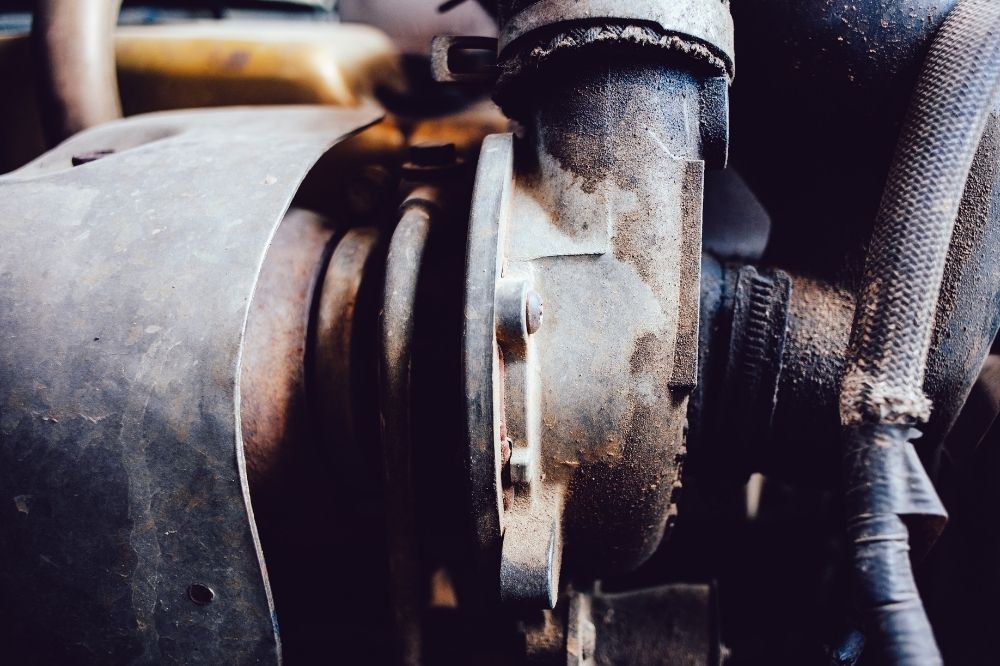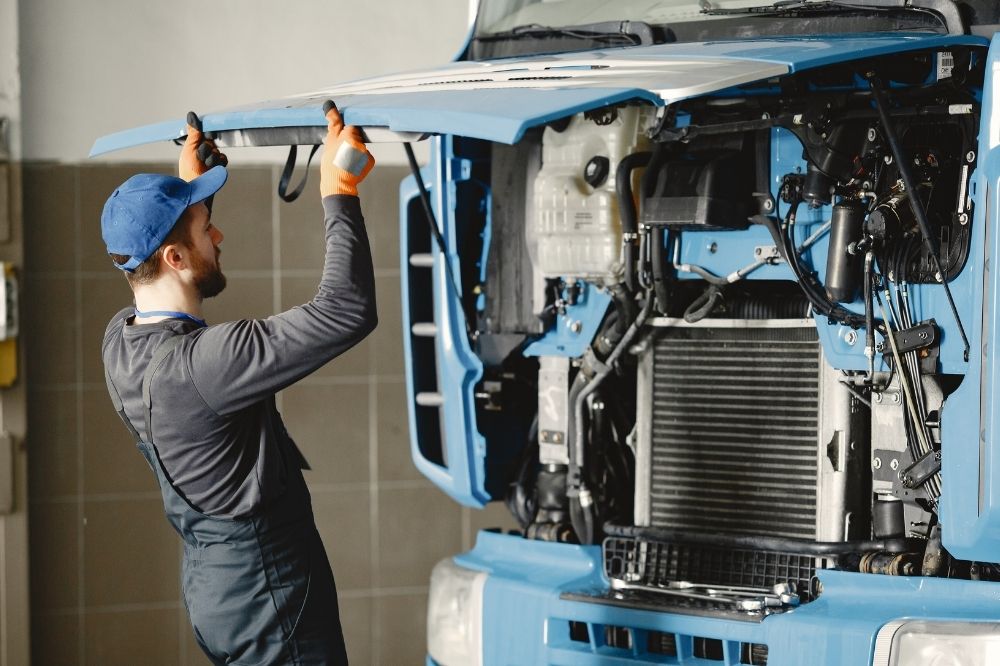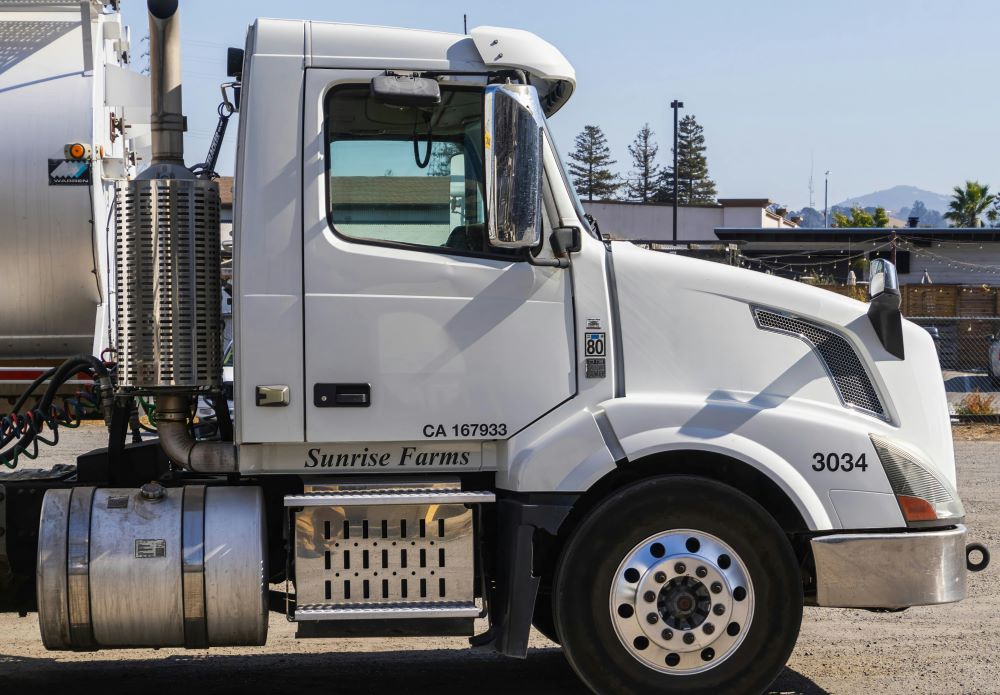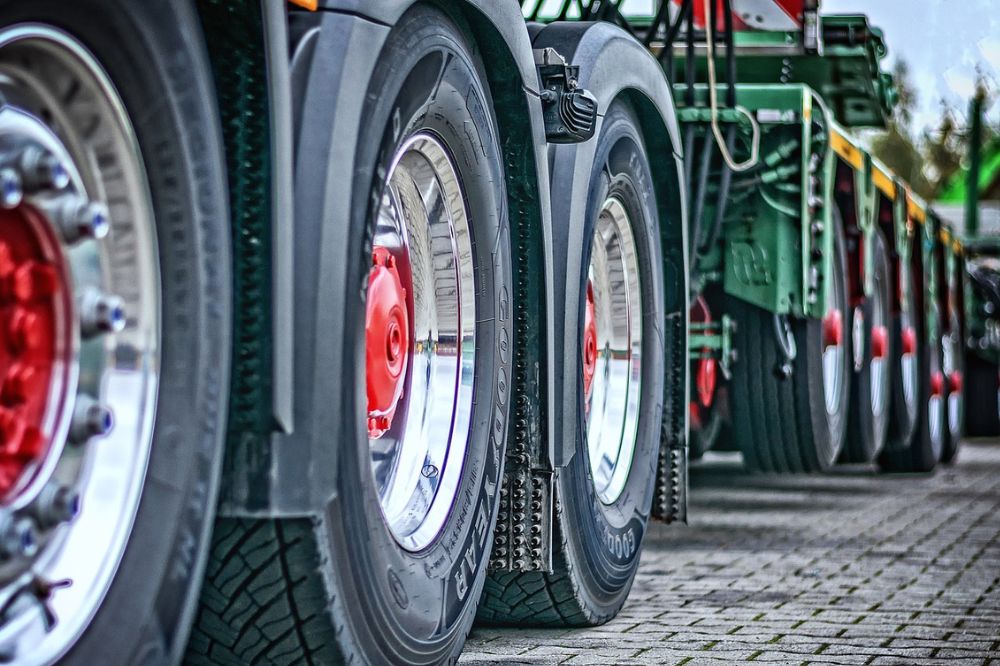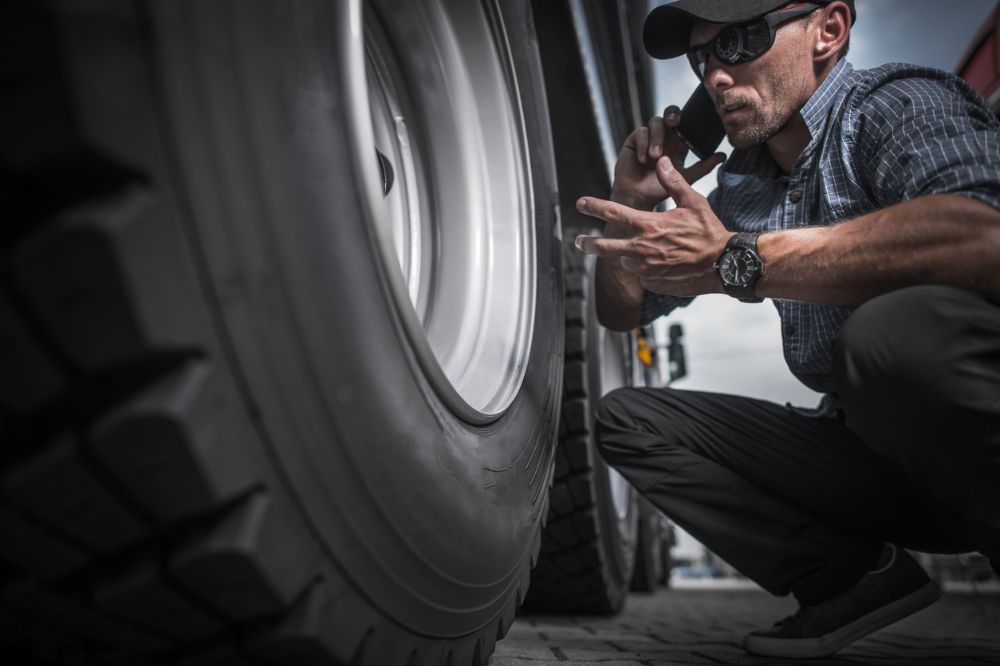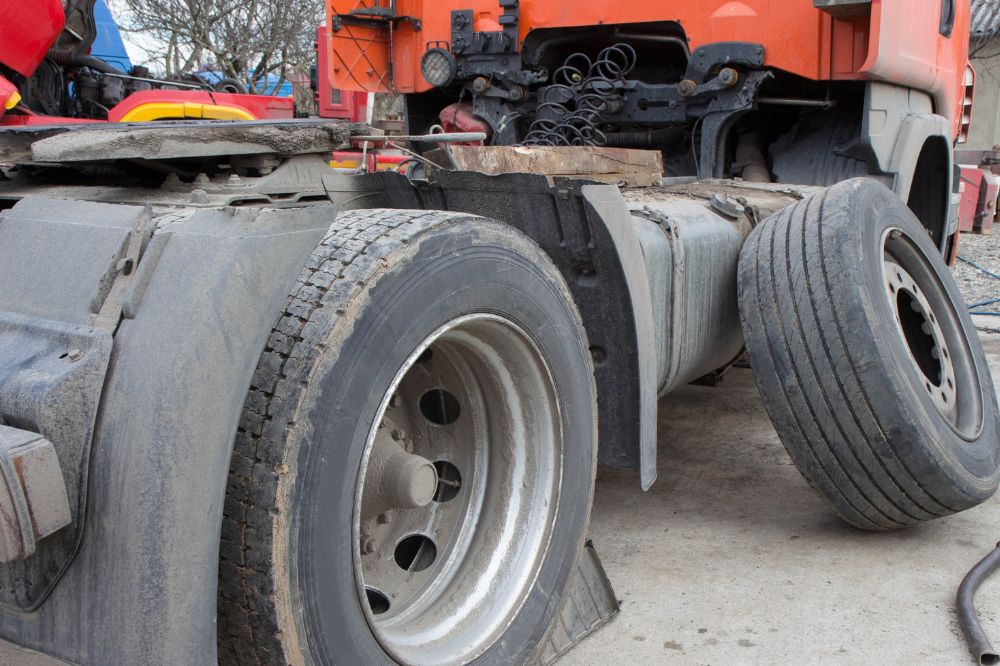
As a trucking business owner, one of the best moves you can make to ensure your business thrives is to adopt a commercial truck route planning system.
Without an efficient truck routing setup, you risk making unnecessary detours, taking dangerous turns, and getting involved in avoidable accidents. This leads to longer travel times and increased operational costs. The right truck route planning system will help you cut expenses, boost productivity, and increase profit margins.
Below, we explain the significance of effective route planning, its difference from regular consumer route planning, and show you the best ways to optimize trucking routes for maximum returns.
Importance of Efficient Trucking Routes
Truck route planning allows you to identify commercial truck routes and map out the most efficient routes your commercial vehicles can follow to make timely deliveries without too much fuel. Doing this is essential for several reasons, such as:
Cost-effectiveness
Strategically planning truck routes can significantly reduce fuel consumption, leading to lower fuel costs. Since fuel accounts for nearly 60% of a commercial fleet’s total operational expenses, reducing fuel costs directly lowers overall operational costs. As operational costs decrease, profit margins increase.
Compliance with Regulations
Truck route planning helps you comply with various legal regulations governing commercial trucking operations. Some of these include hazardous material restrictions, adhering to weight limits, and road closures. Complying with set regulations is mandatory.
Better Time Management and Increased Productivity
Efficient route planning helps commercial truck drivers manage their time, optimizing their shifts and boosting productivity. This ensures loads reach their destinations within the set time frame, especially when handling time-sensitive deliveries or adhering to customer-specific delivery time windows.
Proper planning also promotes smooth trucking operations, minimizing driver stresses on the road. Less stress results in more output, helping truck drivers to maximize their earnings.

Improved Customer Satisfaction
Effective truck route planners calculate an accurate estimated time of arrival (ETA). This information is helpful when creating contracts or service-level agreements with clients because you’ll estimate delivery times and create customer expectations you can comfortably meet.
Timely deliveries enhance customer satisfaction, helping you build strong business relationships with several stakeholders in the transportation sector.
Environmental Impact
The transport industry produces a significant portion (about 29%) of the total greenhouse gas emissions. By planning truck routes, you avoid unnecessary journeys and minimize fuel consumption. The less fuel you use, the less CO2 you’ll release into the atmosphere.
Improved Driver Safety and Well-being
Route planning for commercial vehicles considers different factors, like traffic conditions, road construction, and weather conditions. As a result, it prioritizes the safety and well-being of commercial truck drivers by avoiding high-risk areas. It also includes adequate rest time to minimize driver fatigue and reduce the likelihood of accidents.
How is Commercial Truck Route Planning Different?
Commercial truck route planning differs from consumer route planning, although both activities share a similar goal, i.e., to map out the most efficient route to arrive at a specific destination safely within a stipulated time.
What makes truck route planning different from, say, regular commute planning or planning a trip with friends is the priorities, scale, and requirements of the route planning process.
With commercial truck routing, there’s a binding agreement with clients. Your top priority is to serve clients and meet your end of the contract, in the most efficient way possible. On the contrary, planning routes for leisure trips is entirely for fun. There are no client contracts to fulfill.
Unlike consumer route planning, which focuses on individuals’ preferences, efficient route planning for long-haul trucking ventures must consider several factors to optimize fuel efficiency and comply with various federal and state regulations. Some of these factors include:
- Road restrictions, like vehicle types, height, width, and weight restrictions
- Traffic conditions, patterns, and potential congestion during peak traffic hours
- Distance traveled and fuel station locations for cost optimization purposes.
- Time tracking to ensure compliance with the Federal Motor Carrier Safety Administration (FMCSA) regulations for long-haul trucking

How to Optimize Trucking Routes
You can employ various tactics to optimize your trucking routes and save more money. Here are some of the best commercial truck route optimization techniques to consider:
Fixed Routing
Also known as static or standard routing, fixed routing is a strategic planning technique, where a commercial truck follows the same pre-configured route daily.
With this technique, a commercial truck driver has a well-structured daily routine, making the same stops each day with no deviations allowed. It works well if your trucking company serves the same clients weekly. You’re guaranteed to meet your deliverables and achieve your financial targets since the route followed is predictable.
The only downside to this technique is its inflexibility to unexpected changes. For example, if the predefined route becomes unusable because of unforeseen circumstances, truckers stop their trips because they cannot respond to the changes. Such logistics failures can lead to huge losses.
Dynamic Routing
Dynamic truck routing lets drivers create alternative routes and stops each day based on that day’s circumstances. These may be traffic conditions, order quantities, or customer demands. It’s a popular commercial truck route optimization choice among small fleet owners and managers because of its scalability and adaptability.
Truck drivers can adjust their routes anytime to respond to last-minute changes or unforeseen incidents. This means they can find and take advantage of the most efficient route at any point throughout the trip to ensure maximum transportation efficiency.
Real-Time Dynamic Routing
Like dynamic routing, real-time dynamic routing allows route adaptations in response to changing circumstances. The only difference is – trucking companies use this technique to focus on constantly restructuring their routes following new consecutive daily orders.
To be more specific, as the business gets new service requests or orders throughout the day, companies add these to a trucking route strategically to minimize run-around times while increasing delivery speeds. Real-time dynamic route planners use complex algorithms to identify optimal routes.
Fleet Management Software
If you’re a manager for a large fleet, consider using fleet route planning software. This software allows you to automate the route planning process based on elements, such as customer orders, resource availability, road networks, and other legalities concerning operational constraints.
The best route optimization software for fleets analyzes all relevant factors and automatically identifies the most economical and fastest routes for the entire fleet. You can then dispatch these optimized routes directly to your drivers’ navigation systems, ensuring they perform their duties smoothly and efficiently.
Most route management software also lets you trace your vehicles’ positions on a map to monitor your trips in actual time. Other innovative features of trucking route planning platforms for fleets include up-to-date reports and alerts on the status of specified routes and mobile capabilities.

Use the Right Software
An important point worth emphasizing is that successful truck route planning requires using the right software for your trucking business goals. The software you use will determine the effectiveness of your truck route planning endeavors.
Take your time to find the best route planner designed for fuel-efficient truck route planning, as some popular route planners work best for consumer route planning, not truck routing. An example of such a platform is Google Maps.
Google Maps offers options to create routes for cars, bikes, or pedestrians, but not trucks. It cannot factor in the numerous vehicle attributes and legal restrictions you must consider when planning a truck route. If you use it, you might end up on roads unsuitable or unapproved for trucks and have to waste resources turning around or taking detours.
The same goes for Google’s other direction apps, like Waze. Waze lets you plan single-stop routes only. You’ll find it challenging to create multi-stop long-haul trucking routes. It’s best to avoid these apps altogether. Instead, go for comprehensive route planner tools that go beyond creating fuel-efficient optimized routes and help you achieve more, including integrating dispatch and accounting.
Final Thoughts
Route planning tools are essential for optimizing journeys, maximizing fuel efficiency, and maintaining healthy profit margins. However, there is no one-size-fits-all commercial truck routing app.
Every trucking business has unique needs, requiring different route planning approaches. Our guide will help you find the most suitable route-planning software for your specific needs. Once you have the ideal route planner, monitor local fuel prices in various areas and factor in these price variations when selecting refueling stations along optimized routes. Strategic fuel stops can result in significant savings.
Visit our blog to learn more about improving your semi-truck’s fuel efficiency. You can also reach out to us if you want to expand your fleet and need help financing new or used truck purchases. We offer flexible commercial vehicle loans for this purpose.







